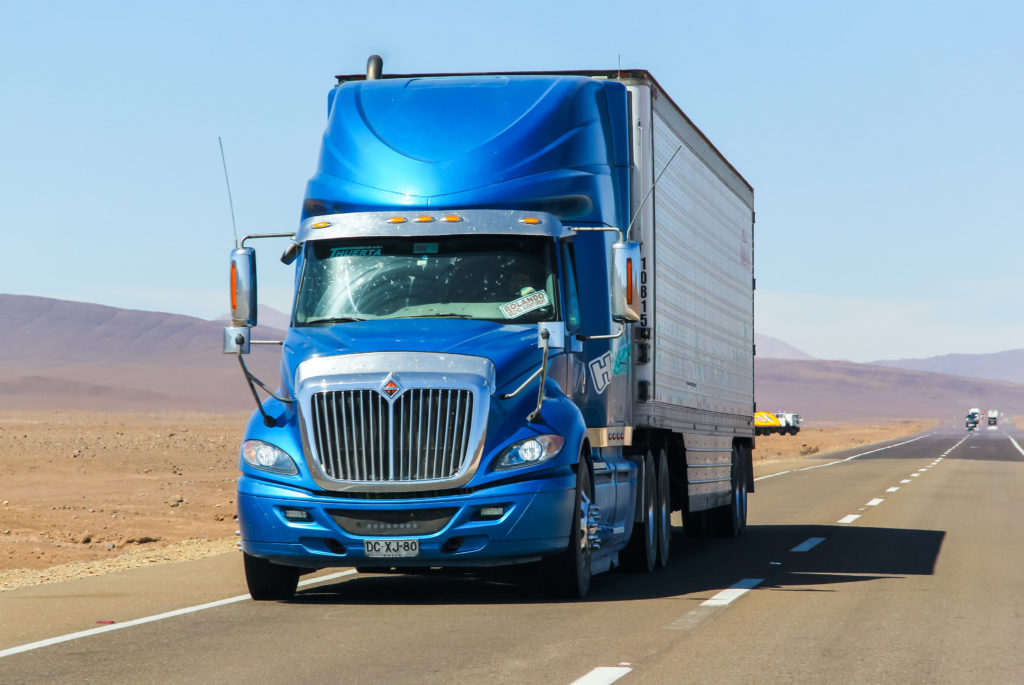“It’s about resilience,” said President Biden in regards to his $3.5 trillion, partisan rebuilding proposal along with another bipartisan infrastructure plan. “Make our roads and highways safer. Make us more resilient to the kinds of devastating impacts from extreme weather we’re seeing in so many parts of the country.”
This discussion comes as both democratic and republican lawmakers are working to find ways to boost infrastructure throughout the country following the aftermath of Hurricane Ida. As the storm ripped through the Gulf Coast and made its way Northeast, it brought with it downed power lines and trees, flooded roads and rivers, and massive damage to various bridges and roadways.
Because extreme weather events such as this are becoming stronger and more common, the nation’s aging infrastructure is no longer sufficient, many Congressional members are claiming. Because the Southeast’s drainage systems were not capable of handling the rain brought about by Ida, storm water was able to make its way into homes and vehicles and kill at least 50 people in the region between Connecticut and Virginia. Another 16 deaths have been counted so far at the hands of Ida throughout Alabama, Louisiana, and Mississippi.
“Global warming is upon us,” said Chuck Schumer, Senate Majority Leader. “When you get two record rainfalls in a week [in New York City], it’s not just coincidence. When you get all the changes that we have seen in weather, that’s not a coincidence….It’s going to get worse and worse and worse, unless we do something about it.”
Because of this, many Democrats, along with Schumer, are pushing for Biden’s rebuilding plan–which has a focus on fighting climate change–to be passed, in addition to the nearly trillion-dollar bipartisan infrastructure bill recently passed by the Senate. Still, though, the bipartisan bill may not see much movement until Biden’s package moves forward, although Democrats are hopeful both will be passed by the end of September.
“It’s so imperative to pass the two bills,” Schumer added.
The bipartisan legislation isn’t likely to receive strong backing from Democrats until powerful companion legislation is set forth to progress various left-wing priorities, though. Biden has continued to express his support for the bipartisan bill.
The current plan consists of almost $47 billion to revamp and rebuild bridges, roads, and ports to help them withstand natural disaster-related damage; $60 billion to expand renewable energy usage, build more transmission lines, and boost the country’s electric grid; $66 billion in improve and rebuild railroads; and $110 billion to improve and rebuild roads and bridges across the nation.
It “is going to change things on our streets across the country,” Biden said, calling it a “historic investment” in clean water, clean energy, and universal broadband projects, as well as in the nation’s bridges, roads, and railways.
“If we’re going to make our country more resilient to natural disasters, whatever they are, we have to start preparing now,” added Senator Bill Cassidy of Louisiana.
Cassidy, whose state was hit the hardest by Hurricane Ida, has backed the bipartisan bill as a way to bring much-needed improvements to states often affected by hurricanes and other natural disasters. He is serving as a lead negotiator on the bipartisan legislation.
“I’m sure hoping that Republicans look around my state, see this damage, and say, ‘If there’s money for resiliency, money to harden the grid, money to help sewer and water [systems], then maybe this is something we should be for,’” Cassidy said.
The bipartisan bill would be the first legislation allocating money specifically to “climate resilience,” and would be particularly helpful in boosting investments regarding the “future-proofing” of infrastructure to be able to withstand the effects of extreme weather and climate change, noted Eno Center for Transportation senior fellow, Jeff Davis. The bill would also allocate $17 billion for the Army Corps of Engineers and federal flood control projects–an area that has had long backlogs of needed efforts.
Another $8.7 billion would be dedicated to coastal infrastructure and port resiliency project grants through the Transportation Department, in addition to $3.5 billion for the Federal Emergency Management Agency to better aid communities in efforts to lower their overall risk of flood damage.
“We have to start planning for what the future might hold and do modeling that’s going to help us predict what these future risks are going to be,” said Deanne Criswell, Administrator of FEMA. “These threats aren’t going to go away, and we need to start to reduce those impacts.” Criswell added that severe weather storms are going to quickly become a “new normal” due to climate change.





